Since its launch, South Korea's KFX mid-generation combat aircraft program, and its KF-21 Boramae combat aircraft, has attracted admiration from many specialists.
The first combat aircraft developed by Seoul, it has, in fact, been carried out at full speed since its launch, both in the design phase and the manufacturing of prototypes. The same was true for the aircraft's flight test campaign.
In this section:
A seemingly exemplary program, led with flying colors by South Korea
Thus, less than a year after the first flight of prototype 01, in July 2022, the device was credited with a first operational qualification, and 120 units ordered by the South Korean Air Force, with deliveries starting in 2025, for entry into service from 2026.
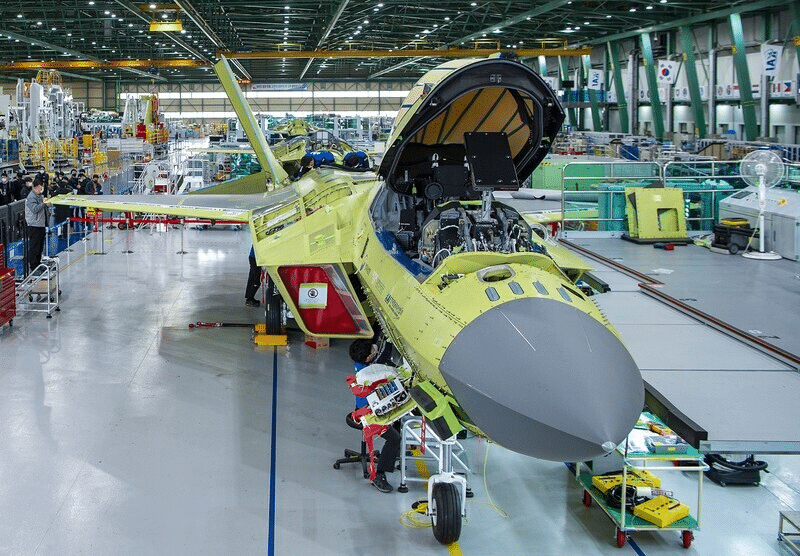
Nothing seemed to be able to stop the South Korean twin-engine fighter, and its program of very South Korean rigor. Nothing ? Except, perhaps, reality. Indeed, the South Korean defense equipment agency, DAPA, has just announced that the first batch of KF-21s ordered by the country's air forces, in 2024, would go from the 40 planned aircraft to only 20 units.
According to the brief press release published on this subject, this temporary postponement, compensated for the following year by an additional order for the 20 missing devices, would enable additional tests to be carried out on the radar, but also on the integration of air-to-air missiles on the device. And to specify that feasibility checks had to be carried out.
The number of aircraft of the first batch of KF-21 Boramae halved by DAPA
That such an ambitious program encounters some delays is in no way surprising. Let us remember that the F-35 program, for its part, has accumulated more than five years of delay on its initial program, for the delivery of the first aircraft to the air forces, and that additional delays are accumulating, in terms of concerns full operational capacity, linked to the arrival of the Block IV standard.
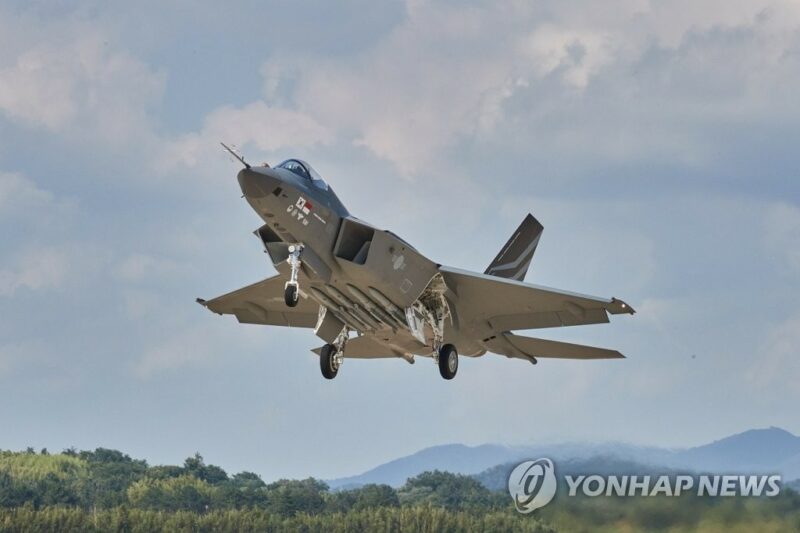
However, the fact that the term feasibility intervenes so late in the program, to justify a reduction in orders, and not simply a postponement of delivery, may be of concern. Indeed, this assumes that certain expected capabilities concerning the aircraft, and its combat system, could encounter certain complex difficulties, which could prevent their implementation.
This announcement goes completely against South Korean communication on this issue since its launch, presented as an example of a program controlled and carried out effectively. As such, it changes the way people look at certain information concerning them.
Indonesia's strange behavior in the KFX program
Thus, at its launch, the KFX program was designed as a collaboration between Seoul and Jakarta, with Indonesia having to bear, as was the case for the T-50 training and attack aircraft, 20% of the investments. , and produce 20% of the design and manufacturing work.
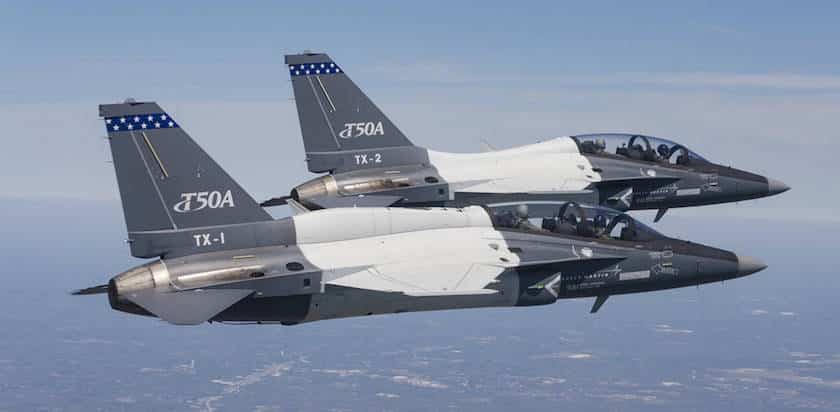
However, since its launch, Jakarta, without ever officially leaving the program, has never paid its contribution to Seoul, its debt now amounting to more than $800 million. This posture is all the more surprising given that, at the same time, Indonesia ordered, and paid for, 42 combat aircraft Rafale French.
The Indonesian authorities have always affirmed that they remain committed to the KF-21 Boramae program, without participating industrially in it, and even less by paying their share. Now that the study and design are fully completed, the chances of Jakarta re-entering the program are slim to none.
No volunteers to replace Jakarta, despite the trappings of the KF-21 Boramae
Aware of this situation, and to find the $1 billion missing from the program's financing plan, Seoul is said to have started discussions with other potential partners. Poland and the UAE have been mentioned as potential partners.
Yet, despite an attractive operational and industrial promise, neither has grasped the hand extended by Seoul. Abu Dhabi simply denied it, while the Polish government of A.Duda had announced that it could join it, once the design and testing phase was completed. Now that pro-European Donald Tusk has taken the reins of the country, it is unlikely that Warsaw will turn to Seoul again on this issue.
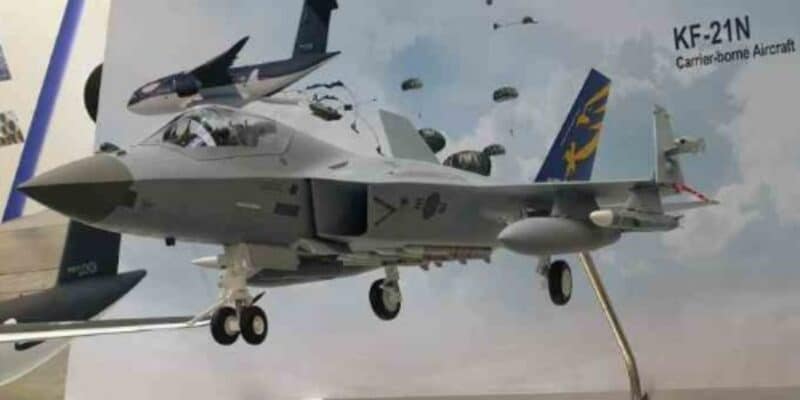
We can wonder, now that the KF-21 Boramae has encountered a first obstacle on the public scene, what has held back these two countries, otherwise very willing regarding the development of their respective defense industrial and technological base, to take advantage of the space freed up by Jakarta, to rush into the opportunity?
It remains to be seen, now, the real scope of this first task on a file, so far apparently perfect, for the South Korean combat aircraft. It may well be that this is only a minor delay, as most ambitious weapons programs experience. It may also be that this postponement is, in fact, the tree that hides a forest of difficulties, more or less masked by South Korean communication, and which it is now more difficult to camouflage.
Article from March 27 in full version until May 11, 2024


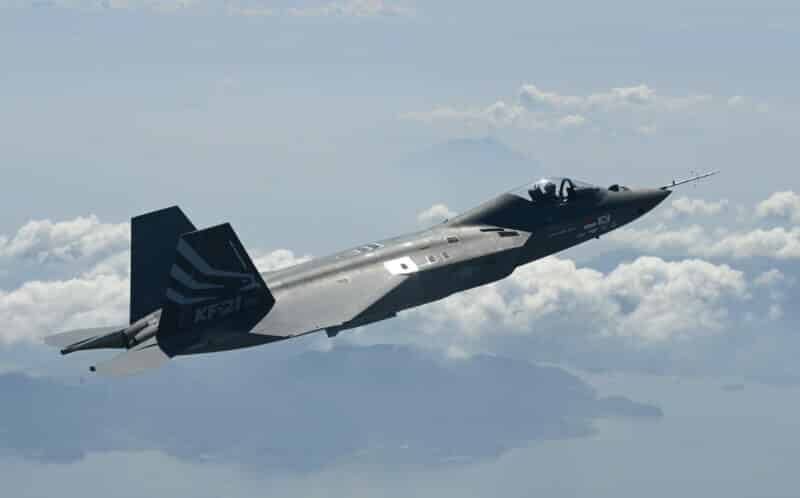
It takes 30 years to develop the Rafale with a company among the best in the world and we are surprised that the Koreans are struggling in 5 years? Oh
With the development of more than effective missiles of all kinds, we wonder why countries continue to spend billions manufacturing planes and tanks to which we must also add expensive protection systems....and I'm not talking about all these small flying machines that are also efficient and inexpensive, capable of shooting down a modern tank 100 times more expensive.